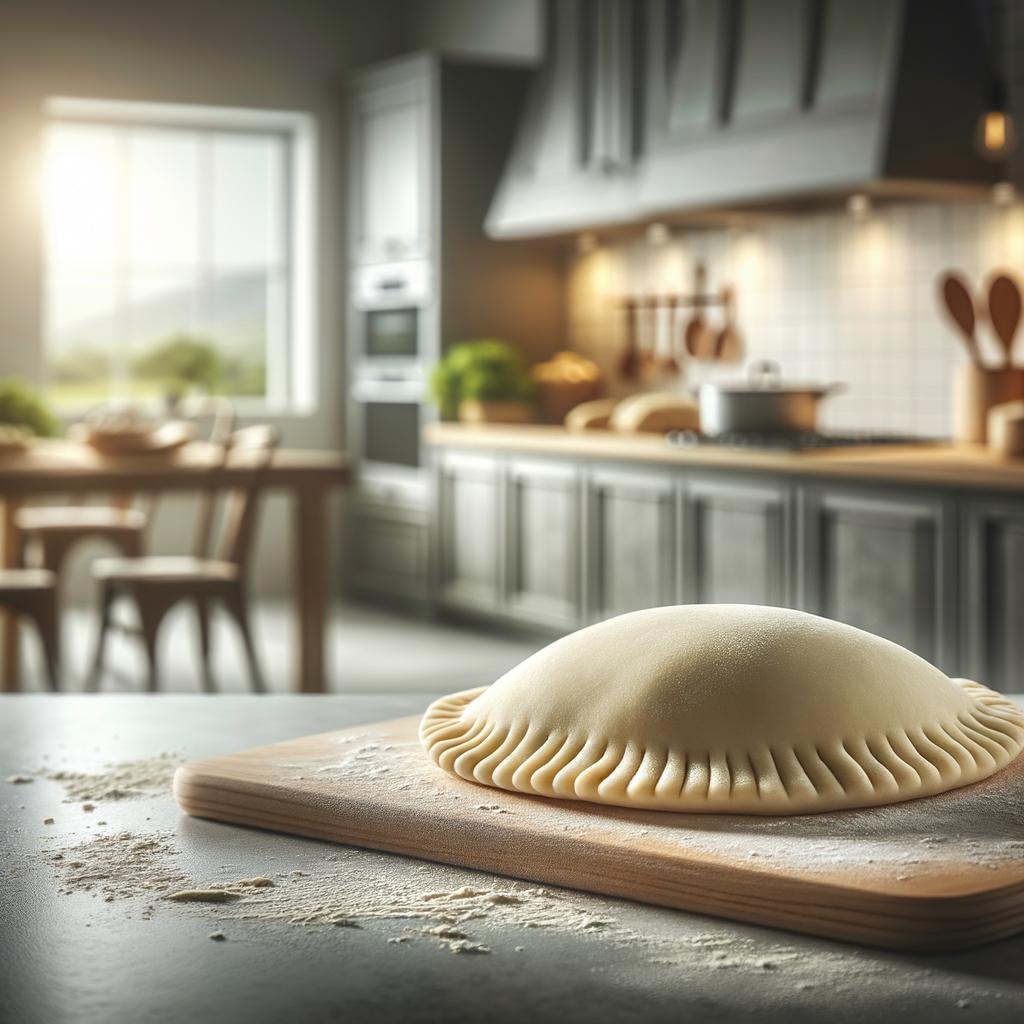Empanada Dough

Description
Empanada dough, a crucial component in the creation of the beloved empanada, is a wonderful concoction that is both simple and complex. It's a soft, pliable dough, smooth to the touch, and has a delicate, almost buttery aroma. The dough is typically a warm, inviting beige, but can vary in color depending on the flour used. Its flavor profile is subtle, allowing it to harmoniously meld with a variety of fillings, from sweet to savory. The real magic lies in its unique ability to transform, through baking or frying, into a flaky, golden shell that encapsulates a world of flavors within.
Primary Uses
Empanada dough is primarily used, as the name suggests, in the making of empanadas, a delectable pastry that hails from Spain and Latin America. It's a versatile canvas for a wide array of fillings, from the traditional beef or chicken to the more adventurous seafood or sweet fruit fillings. This dough is also used in other Latin American dishes like pastelitos and empanadillas. Beyond the culinary realm, empanada dough has significant cultural importance, often featuring in festive celebrations and family gatherings.
History
The story of empanada dough is intertwined with the history of the empanada itself. It's believed to have originated in Galicia, Spain, before making its way to Latin America through Spanish colonizers. Over centuries, the dough has evolved, adapting to the local ingredients and tastes of each region. In Argentina, for instance, the dough is often made with lard for a richer flavor. In the Philippines, a former Spanish colony, empanada dough often includes annatto for a distinct orange hue. Each variation tells a story of cultural exchange and adaptation.
Nutritional Information
Empanada dough, while a delight to the senses, is also a source of important nutrients. It's a good source of carbohydrates, providing energy for the body. Depending on the type of flour used, it can also contain dietary fiber and proteins. When made with whole wheat flour, it can be a source of B-vitamins and minerals like iron and magnesium. However, as with all foods, moderation is key. Empanada dough, particularly when fried, can be high in calories and fat. Compared to other doughs, such as pizza dough, empanada dough is typically softer and less elastic, due to a higher fat-to-flour ratio.

